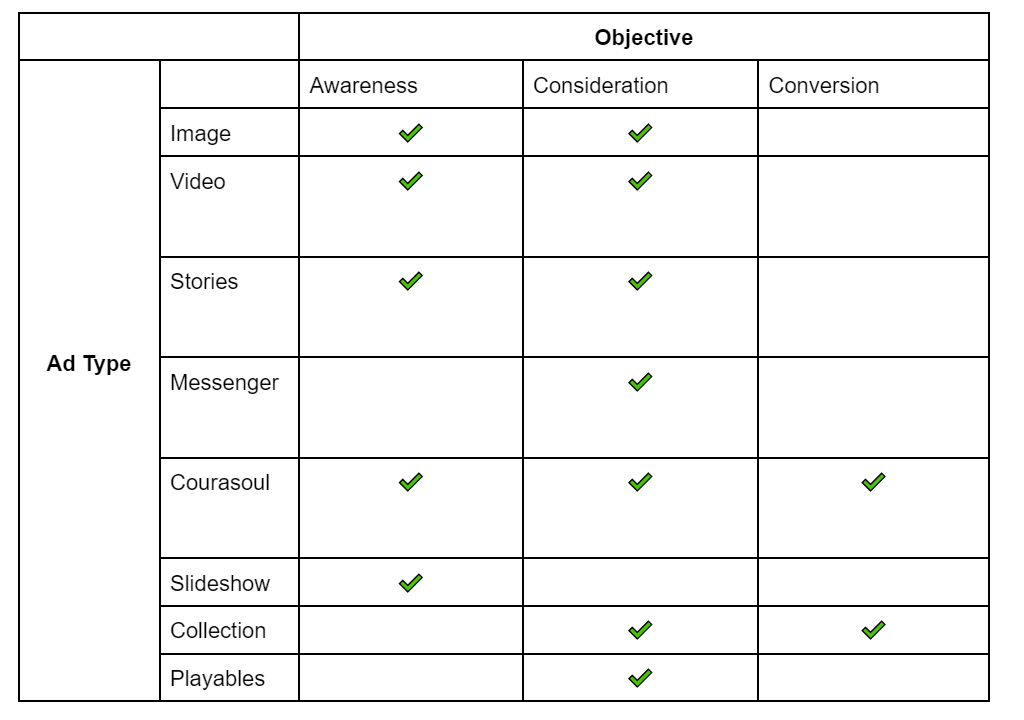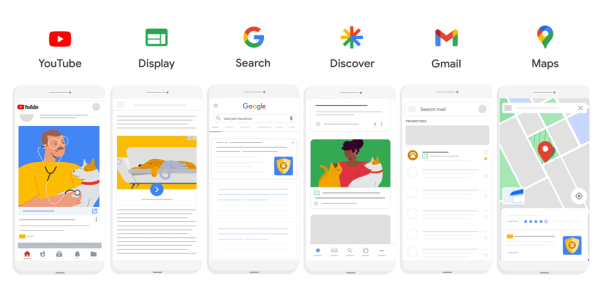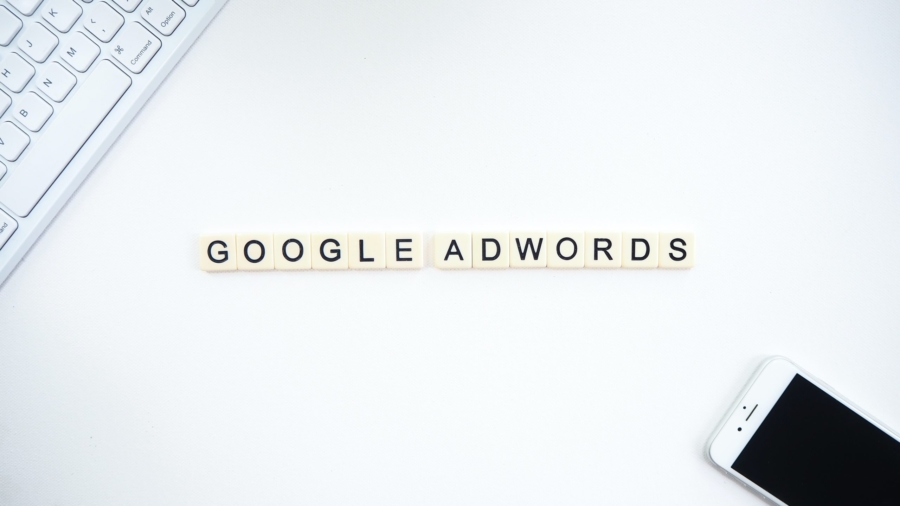Apps are a huge part of everyday life in the 21st century, whether it’s a game or your favourite retailer, everyone is getting on the app bandwagon. But, when it comes to PPC and display advertising, is having mobile application placements beneficial or not?
Display is a great way to generate visibility across millions of different websites and apps. It can boost brand awareness and help to drive leads and/or sales, but there is much debate as to where the best placements are, and what works & what doesn’t.
Websites
Websites are a great way to get visibility. You can get your ads on top quality publications for a very low cost, alongside advertisers who are paying high fees to earn an advertising spot in the same publication. This makes it a really good way of getting in front of your target audience, by choosing websites that they would likely visit whilst also keeping costs down. You can either target specific websites or let the algorithm place ads anywhere on the internet to see what performs best. Users will be passively seeing your ad as they are browsing the internet, which can be good for brand recall & for bringing users into the funnel when they are ready to convert or learn more about your business. The thing to be careful of here is making sure that the ad copy of your display ads is contextual. These ads can sometimes embed into articles and it’s important that the user doesn’t confuse the ad as being related to the article/website itself. There is also brand protection to think of too; if there are any inappropriate/controversial websites that you don’t want your brand to be associated with, make sure to exclude these from the start.
Mobile Apps
Mobile app placements are slightly different in that they appear when a user is interacting with an app. As apps are typically used on smaller devices, it can mean that the ad takes over the whole of the user’s screen rather than just being passively visible. The result is ads that then interfere with the user’s experience, interrupt gameplay or distract them from what they are doing. This can be annoying for the user & cause negative connotations towards the brand. It can also mean they click the ad as a way to remove it from their screen, thereby costing you money for zero return. However, in some instances, this can actually be perceived in a good way. Advertising other apps on active apps may mean your user is more likely to engage. For example, if a user is playing a game and you are advertising another game, the user is a lot more likely to respond to that than they are to an unconnected website. That’s because you know that the user plays games on apps, and this is exactly your target market.

YouTube
Like with websites, YouTube allows for passive reach across a wide range of users as they are browsing YouTube. The difference with YouTube is that there are different types of placements that can all be interpreted differently by users; some appear at the top of search results, some overlay the video & some appear down the side of a video. The ones in search results & down the side of the video may work much like website placements, creating brand visibility without interrupting the user’s experience. The one to watch out for is the overlay format, this may come across as intrusive by some users and, as I’m sure many of us can agree, ads when watching videos can get extremely irritating.
Final Thoughts
All in all, there are positives and negatives to the different placements on the display network. It really is down to what you are advertising, and to understanding the best possible placements that will get your business in front of the most engaged users. As with everything in paid search, experiment, analyse the data & use that to help drive your decisions.



























